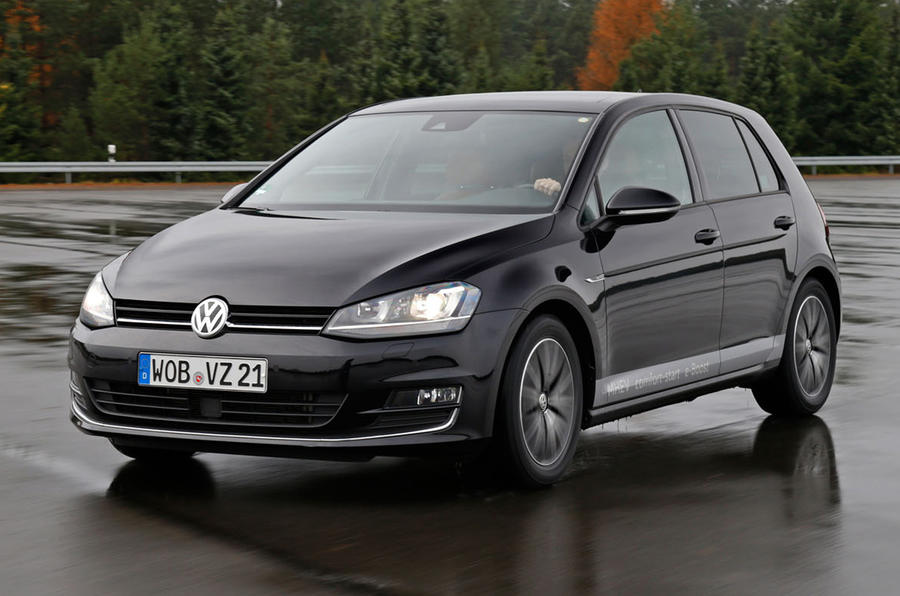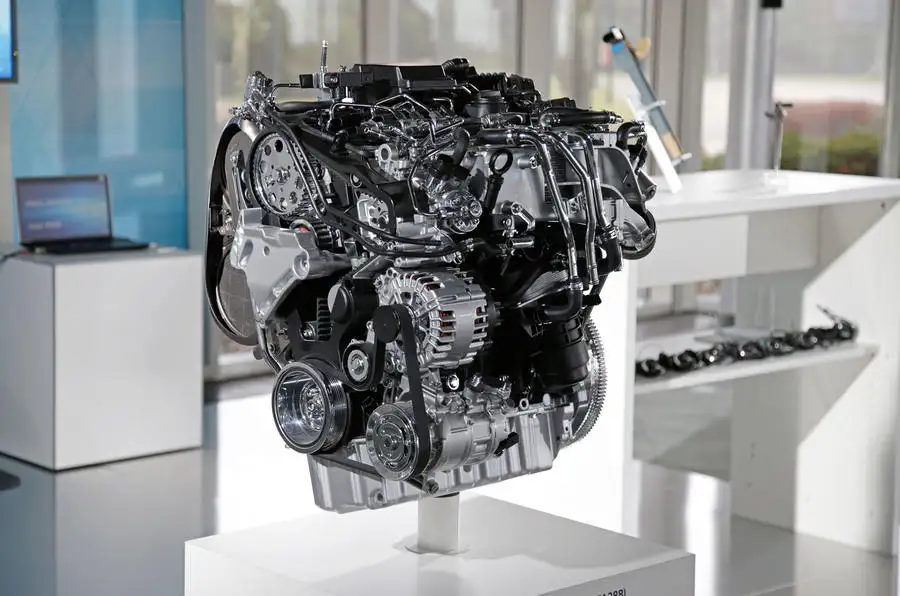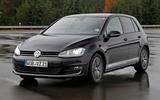What is it?
Volkswagen’s Golf 1.5 TSI MHEVs (mild hybrid electric vehicles) are engineering prototypes equipped with the firm's new 48V electrical systems, which are likely to become commonplace in the next couple of years.
The 48V systems are simple, mainly because, unlike a full hybrid or plug-in hybrid, they operate at low voltage, making them relatively cheap and easy for manufacturers to install.
They consist of a belt-integrated starter generator (BISG) and 48V lithium ion battery that's about the size of a conventional 12V battery. The 12V battery is retained to drive the conventional electrics and is charged from the 48V system. The BISG can boost acceleration, recover energy and store it in the lithium ion battery when the car slows or the brakes are applied. It makes stop-start much faster and smoother because of the extra power compared to a 12V starter system.
We briefly tried two versions, the Golf MHEV and Golf MHEV Plus, at Volkswagen's Ehra-Lessien proving grounds. The first is a straightforward front-wheel-drive Golf MHEV powered by a 148bhp 1.5-litre TSI turbocharged petrol engine, equipped with an 8bhp BISG and a prototype of the all-new DQ381 seven-speed DSG automatic transmission. The MHEV Plus has an additional 34bhp electric motor driving its front axle.
The MHEV Plus we tried is one of two configurations – the second motor can also be used to drive the rear axle, effectively giving the car part-time all-wheel drive. In that guise, torque to the rear wheels is less than that of an engine-powered all-wheel drive system but still provides useful traction off-road, and engineers say it can be used to improve cornering balance on the road by neutralising understeer.
Despite the extra input of the electric motor-generators, the total engine's power is likely to stay roughly the same, with the torque of the electric motor-generators being used to reduce emissions and improve economy (by around 7mpg) and driveability rather than increase performance significantly.
























Join the debate
Add your comment
Its taking them time to work
Its taking them time to work out what is the smallest possible motor and battery they can get away with bolting on their stinky old engine to just about help it round the emission test so they can legally frig their ratings this time.
Downsize
This sort of tech makes most sense when it can be used to provide reasonable proformance for a small capacity engine, partuicularly in relation to petrol engines. As small capacity turbo petrol can be fitted with a larger turbocharger where there is electric assistance to fill in any gaps in torque and turbo lag. A 1.0 litre MHEV should be able to provide similar performance to a 1.6 turbo petrol, especiually in terms of torque.
I for one am quite glad that
I for one am quite glad that Volkswagen are taking their time with this, in fact I'd encourage them to take even longer to develop it properly and forget these silly ideas of being "number one" all the time (unlikely I know..). We all know what happens when they get impatient and take short cuts.